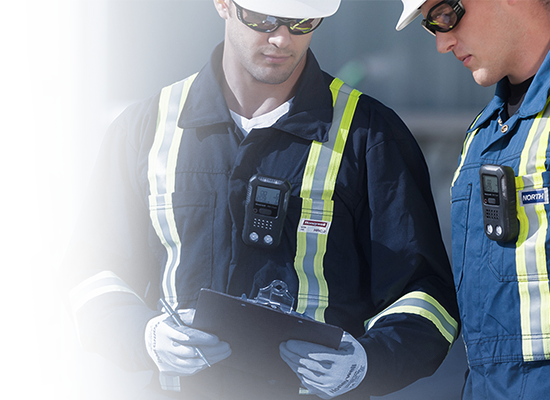
Fixed systems monitors 24/7 whether personnel are in the risk area or not, personal monitors operate only whilst the person takes the monitor in to an area, and until the batteries need replacing/recharging.
Fixed monitors can provide audible and visual indication of an alarm at multiple entries to a room and over a wide area within a room using linked warning beacons, personal monitors can only indicate to people within close vicinity – especially in noisy areas.
Sensors should not be placed near ventilation fans or openings to outside. They should be placed in areas where there is good air circulation, but not in the path of rapidly moving air. Pay particular attention to “dead air spots” where there is little or no air movement.
This depends on the density of the target measurement gas relative to air. Heavier than air gases should be detected 6 inches from the floor, lighter than air gas sensors should be placed on or near the ceiling and gases which have a density close to that of air should have sensors installed in the “breathing zone” 4-6 feet from the floor. Consider accessibility for calibration when locating sensors.
Yes. Maintenance on a properly installed, quality system is minimal and need not consist of a visual inspection and verification of operation. Calibration frequency depends on sensor type and application. Typical frequency for commercial applications is 1 to 2 times per year. For areas where health hazards may exist, 3 to 4 times per year. Industrial applications 4 to 6 times per year or even monthly. Frequency of maintenance and calibration is proportional to the associated risks (and risk assessment).
Combustible gases form flammable mixtures with air. For each gas there is an explosive range within which the fuel to air mixture will support combustion. LEL is an abbreviation for Lower Explosive Limit, which is the minimum concentration for each gas in air that must be present for combustion or explosion to occur.
% LEL refers to a method of measuring the concentration of a combustible gas where the range of the sensor is set to correspond with the concentration of gas that is below the explosive range.
Cross-sensitivity refers to the response of a sensor to a gas other than the target gas (also called an interference gas).
The breathing zone refers to the area 4-6 feet from the floor, where most human breathing takes place. This is a good default location for sensors.

© Shawcity 2021
Shawcity Limited. Company registered in England No. 1273269 | ISO 9001-2015 certified.
© Shawcity 2021
Shawcity Limited. Company registered in England No. 1273269 | ISO 9001-2015 certified.